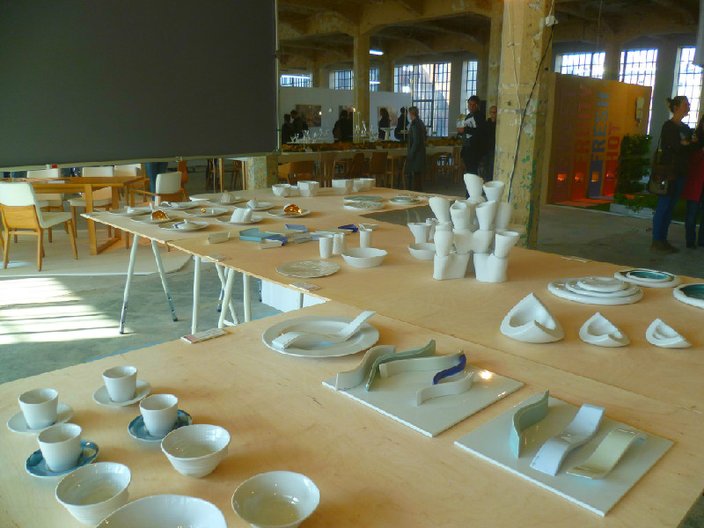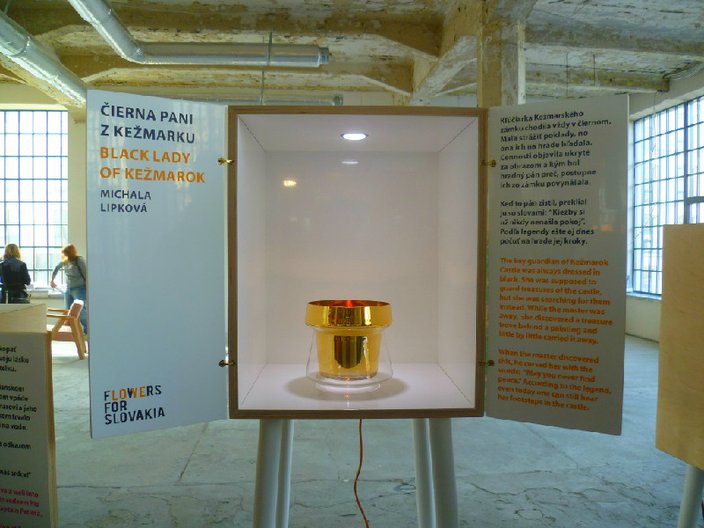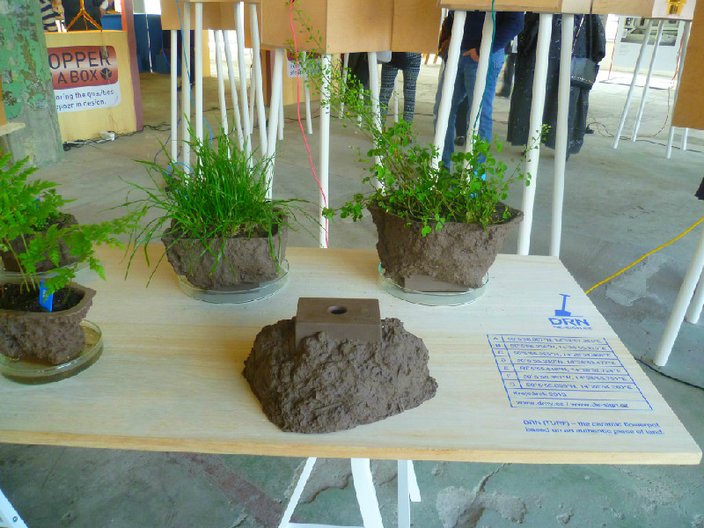31 October 2013
by Gian-Luca Amadei
I recently travelled to Poland to visit the Łódź Design Festival which takes place every year in October. Since its inception in 2007 the organisers of the festival felt the need to give a focus and identity to each edition by choosing a theme to be explored in exhibitions and the programme of events.
This year however the focus was on three fundamental aspects of the human condition: in-habitation, eating and empathy. These otherwise basic functions are a constant inspiration to design professionals which every time challenge and subverts these functions aiming at reinvent the everyday and what could be perceived mundane. This theoretical framework provided an opportunity to re-think eating tools, vessels and with it their making, materials and forms. It also was taken as an opportunity to survey the way we dwell and offer reflective moments of interrogation into how the idea of dwelling is changing in contemporary Poland. This historical process was well represented in the exhibition IN-HABITATION: Garden City, Gated City. With this exhibition the curators documented how the planning ideas for Warsaw shifted from those connected to the garden city principles formulated by Ezebener Howard, at the turn of the nineteenth-century to those connected to speculative building developments which are gated, and aimed to an exclusive small elite of city dwellers.
Although the festival centre for two weeks becomes a powerhouse of ideas and discussions in design and architecture in Poland, I also felt the need to explore Lodz and study its roads, its design and architecture. In my wandering I realised that this city is currently undergoing large scale infrastructure works, including the redevelopment of railway stations and major roads connecting Łódź to Warsaw. Some of Łódź’s art deco early twentieth-century buildings are getting restored along the old factories and warehoused that formed the heart of this famous textile town, and now perhaps forming a new hub for Polish creativity.




